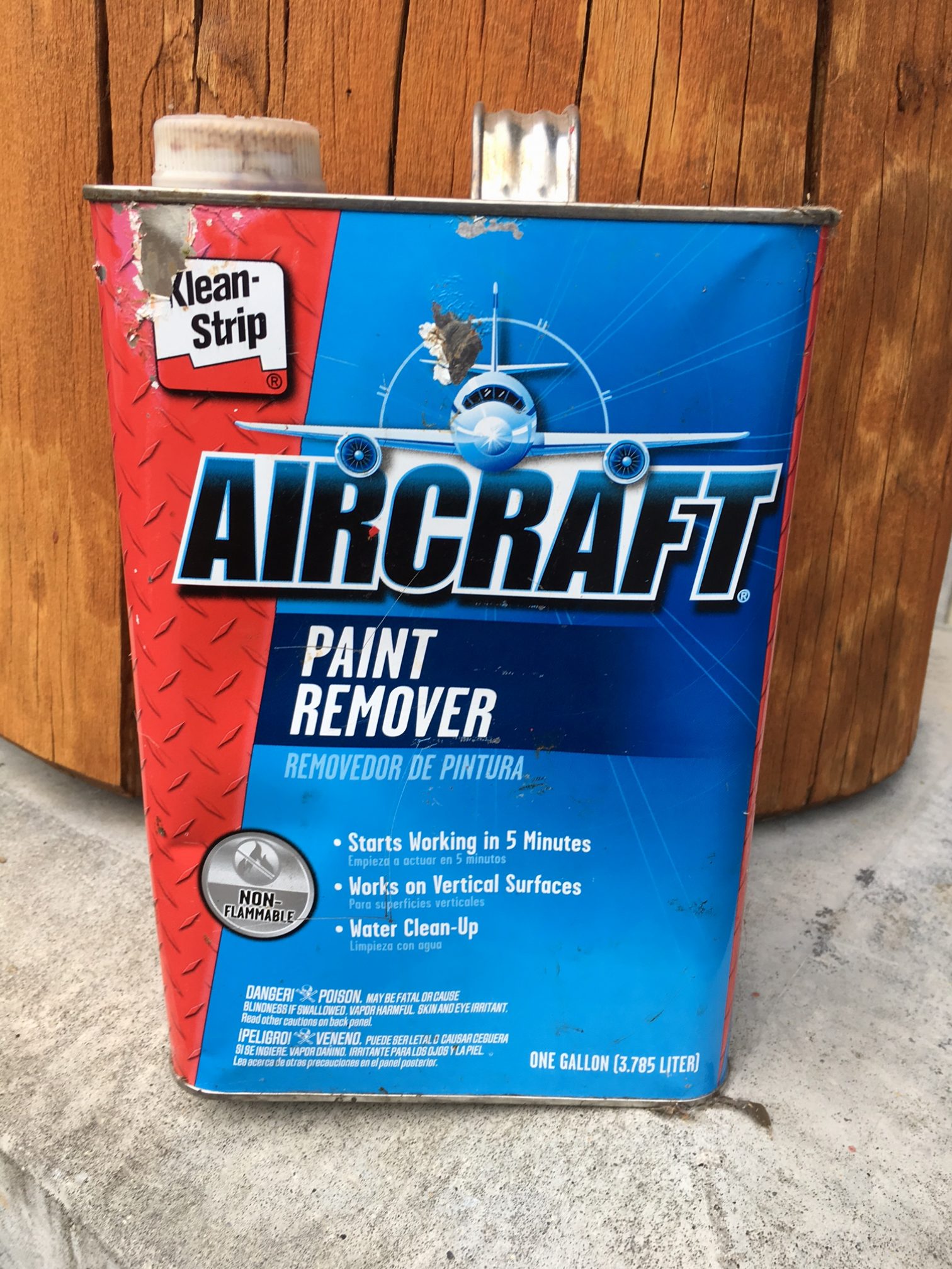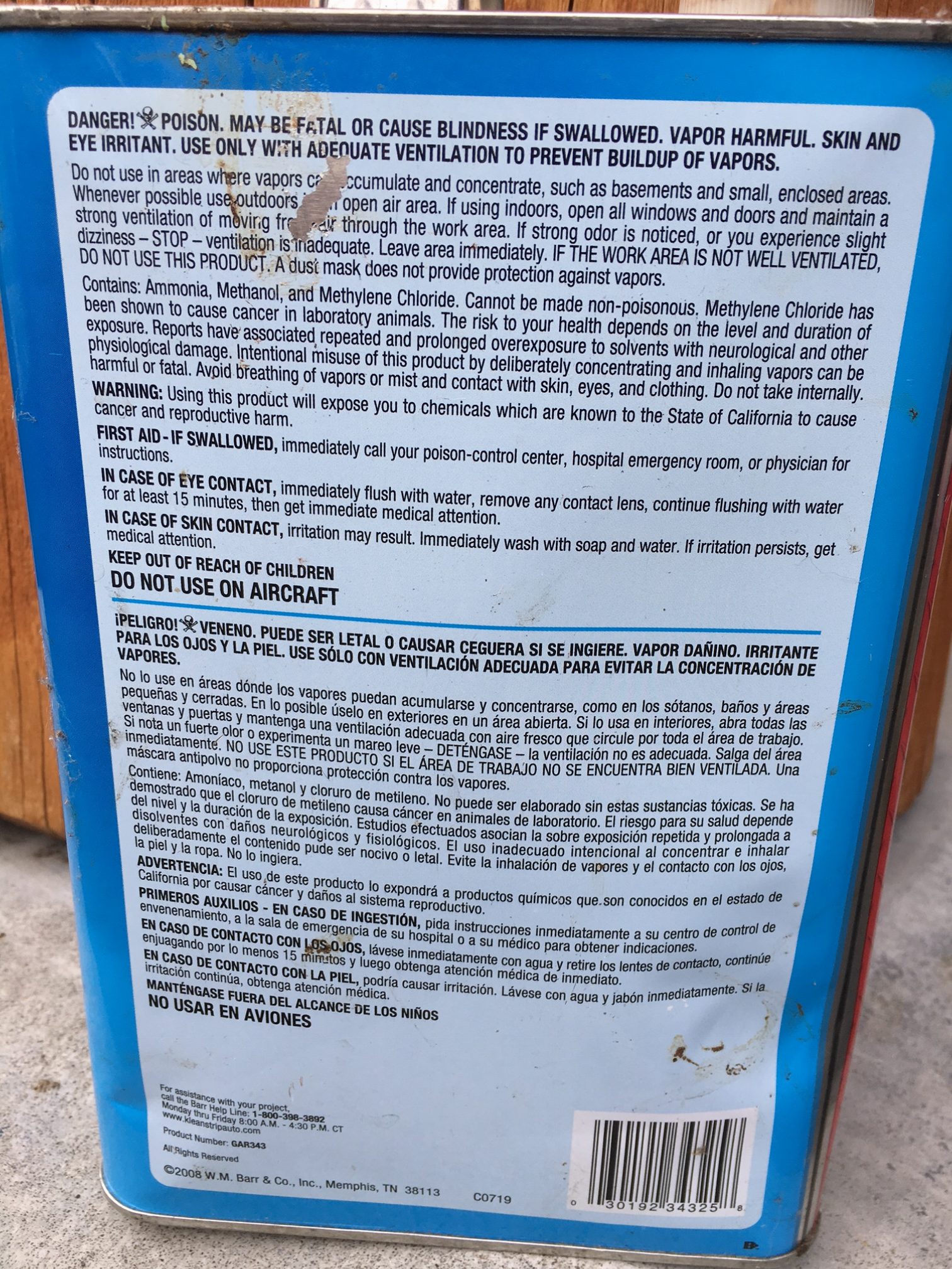Don’t sandblast the powder!
October 21, 2016 8:55 am 4 CommentsOne of the biggest mistakes a person can make when re-finishing their bicycle frame that has a powdercoated finish is to sandblast it.
That’s right, it’s the single most common way to absolutely RUIN a lightweight steel, aluminum or titanium frame. The reason why is that most powder has a much tougher surface than the very best wet paint by at least 3 to 5 times, which is why it takes about 3 to 5 times longer to remove it via sandblasting, and why only the most powerful sandblasting apparatus can actually penetrate and remove a powder from any metal surface.
When we were in Oakland we had the luxury of having a really great sandblasting vendor that would sandblast our frames for a very nominal cost and had an incredibly quick turnaround – literally within a day sometimes. They had a pretty big and powerful setup that serviced all the local shipyards and sanitary food manufacturers like Granny Goose and Del Monte, and we would bring them anywhere from 5 to 10 bike frames per week on average. We’d also bring them all the re-finish work that we would do for the general public, be it an older bike frame or any metal object like car rims or household items.
Since all the frames I ever built from 1985 to 1994 were wet painted (by me personally) there was no second-guessing that it was a painted frame and would get sent off to the sandblaster as they always had. But every once in a while we would get a frame that was powder coated and that’s when it became abundantly clear that sandblasting might not be a good idea for removing powder from a frame made of thin steel.
I remember it as clear as day. In early 2001, when we finally went in-house with powdercoating, we sent one of our early team issue cyclocross frames with the Kelly chrome green finish out to blast and when I went to pick it up the first thing my sandblasting guy “Jose” told me was that frame was really tough to blast and that it took him about 45 minutes (usually takes about 10) to get all the powder off. And sure enough, at first glance I could clearly see that it looked like an elevation terrain map, or bare metal camouflage.
So what happened according to Jose was he would spend a bunch of time on one little spot until the powder began to wear away then move right along to the next until the whole frame was bare metal. What he couldn’t see due to the low visibility through his mask (part of a piped in fresh air suit) was the metal was actually being thinned as he was moving along the frame with the high power nozzle and its extremely heavy stream of media. We’re talking at least half the thickness of the metal was removed in places that start out at .016” (.016” x .5 = .008”). It’s pretty simple when you do the math to see there’s not much metal left and catastrophic frame failure is only a matter of time.
Needless to say we ate that frame but learned a valuable lesson and immediately invested in a proper earth friendly chemical strip solution so we could continue to offer our re-powder service without increasing our lead-time.

For all you DIY folks out there that want to refinish your powdercoated frames (to which I applaud), or you folks that want to save a buck and have your refinish work done locally, the one thing to remember is the best way to remove powder from a bike frame is to remove it chemically. It’s a nasty and messy job but it is the only way I know of to insure that the integrity of your frame is not compromised. There are lots of different over the shelf paint removal products available at your local hardware or paint store, and as long as it is not corrosive to the metal one is as good as the next.
As well, don’t ever try to burn a paint or powdercoated finish from a bike frame, as that too will completely soften the metal to the hardness of electrical conduit, which will invariably break when you least expect it. This too is a big no-no!
For those of you out there that have sent or are planning to send a frame out to your local powder coater for refinish and plan to slap decals on the frame in order to turn around and sell it, know that it is highly irresponsible not to disclose what the refinish procedure was and that you are selling a ticking time bomb to your unsuspecting buyer that could ultimately cause them great injury or even worse if that frame breaks.
The reason I was motivated to write this article was due to a situation where a person was selling one of my early lightweight frames online that I suspected was sandblasted previous to being re-powdered. I was emailed by the prospective buyer, who was anxious to buy this asked me all sorts of questions about fit, sizing and so on as many folks do. One thing I insisted upon was to be sure to ask if the bike had been sandblasted or chemically striped before it was powdercoated. I also explained that the material used on that frame was originally .4mm (.015”) in the center sections, had most likely been well ridden by the original owner, and possibly the second owner, and could easily be half that thickness after it was sandblasted.
So prospective buyers of any lightweight steel, aluminum or Ti frames beware, and always ask the question, because what lies beneath the surface of a fresh new finish, be it powder or wet paint might tell a different tale.
For those of you who are sending your bike out to be refinished (powder or wet) make damn sure that your painter or powdercoating person understands that your frame is of thin metal and should be chemically stripped – not sand blasted. If they don’t offer a chemical strip option then find someone who does, or better yet, do it yourself*. Don’t be lazy or negligent when it comes to something as critical as jeopardizing the wall thickness of your frame because you or someone you sold the bike to could end up getting hurt, or much worse.
There are a handful of reputable bicycle frame refinishing companies here in the US, and for what you pay having a shop with bicycle frame expertise handling your frame from strip to the last clear coat, versus a metal refinisher that doesn’t will far outweigh the cost of a damaged or ruined frame and most of all your health and wellbeing.

*Disclaimer: no matter what chemical strip solution you use, always read the manufacturers instructions and warnings on the package before use and follow them to the letter. And always (ALWAYS!!!) work in a well-ventilated area, and respect the earth when it comes to cleaning up after you’re done.
Tags: bicycle frame refinishing, dont sandblast powder, dont sandblast powder coat, powdercoat, sandblastCategorised in: Technical, Uncategorized
This post was written by Chris Kelly

4 Comments